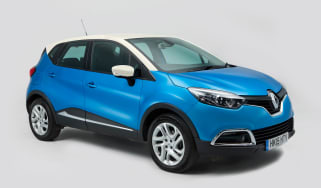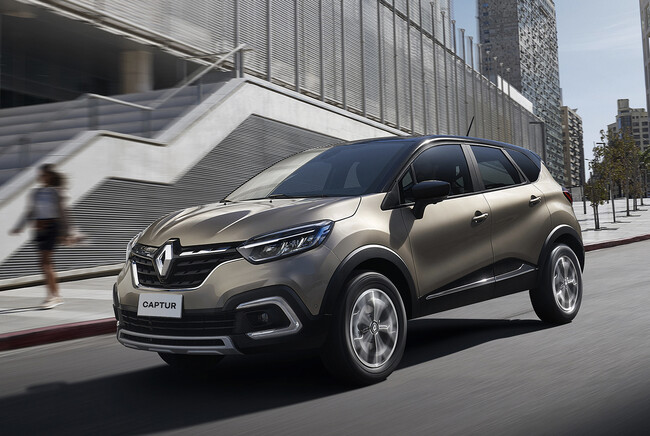

Link your phone to the infotainment screen, get on the move and you'll find there's very little to whinge about. It looks like someone has erected a tombstone on your dashboard top but, hey, it's easy to use making so putting this morbid comparison to one side isn't difficult.
Renault captur review 2022 android#
All models get Apple CarPlay and Android Auto – so you can mirror your phone's display and use its apps on the car's big screen – while top-of-the-range cars swap the standard standard seven-inch screen for a portrait-style 9.3-inch effort. Naturally, the further up the range you go, the nicer it gets – R S Line models get Alcantara-look upholstery and splashes of aluminium trim. Well – take a seat – it's great, you get soft-touch plastics all over the place upfront and neat touches like knurled stalk caps. We say 'small', the bin between the front seats is actually pretty big and so are the pockets in all four doors.īut we know Renault can do practical – this is the firm that brought as the Espace after all, the world's first people carrier – how about interior quality? Renault has also gone liberal with smaller storage space.
Renault captur review 2022 free#
It's a handy feature that means you'll have no issues getting tall adults in the back but equally can slide the rear seats forward to free up boot space when needed. Front-seat passengers won't feel cramped at all, and in the rear a sliding bench allows you to prioritise boot or passenger space. It's slightly longer, wider and taller than its predecessor, giving it more interior space. Practicality has been a focus for the Captur's designers. It takes a lot to stand out in this crowded small SUV segment, but the Captur offers cheerful looks and a feel-good interior that mean its still one of the better options. That makes it an alternative to the Skoda Kamiq, Ford Puma and Peugeot 2008. Rivals: Kia Seltos, Haval Jolion, Volkswagen T-Cross.Sharing a platform with the new Clio and Nissan Juke, the Renault Captur's dimensions sit at 4227mm long, 1797mm wide and 1576mm tall. Renault Captur 1,3L Turbo EDC Intens Fast Facts:Įngine: 1,3-litre, inline-four, turbopetrol I look forward to not just road testing this vehicle alone, but doing a direct comparison with its rivals in an upcoming issue of CAR. It has to be good because South Africans are lining up to buy cars in this segment. Overall, the Captur is very difficult to fault, as are many of its peers. A non-negotiable is the auto-hold brake, which isn’t available on the Zen. The lane departure warning, which can be adjusted for intensity through a menu, and blind spot warning I’m less worried about, but for the bulk of buyers it might come in handy. What sets it apart from its Zen sibling are add-ons I suspect many South Africans would tick off if buying new, such a larger infotainment screen, height adjustment on the driver’s seat. Inside, the Captur in Intens specification obviously has all the niceties.

Further into the trip, I was pleasantly surprised to find that the trip computer in my Intens was hovering at around 6,9 litres/100 km, particularly since I wasn’t exactly trying to drive economically. With many inclines thrown at it, which comprised of zipping through suburbs and stints on the motorway, I was sceptical about Renault’s claim of an average fuel consumption 6,6 L/100 km. Related: The long awaited Renault Oroch Bakkie could still be coming to SA


 0 kommentar(er)
0 kommentar(er)
